British ‘Divide and Rule’ Policy and The Indian Armed Forces
Nature has provided defendable borders, rich resources and excellent human capital to India. The country, however, has not been able to use these assets to her advantage - kind courtesy self seeking regional ruling satraps, who have been quarreling among themselves making way for invaders and foreigners. Resultantly, there has been no strategic culture, sense of unity, history and its recording and evaluating. There has seldom been one India. Its traditions have been mostly oral and the religious texts always had greater significance and merit.
British during their rule over India pillaged it and took away entire wealth and art pieces of immense valve to Britain. On getting independence, India adopted parliamentary system of governance, based on Westminster model, which without proper reforms is not suiting to Indian conditions and is further seemingly dividing us. Rather than narrowing down our diversities, it is further widening the same which is against the unity of the country. Democracy is our strength but its four basic pillars of stability and continuity of the government, its accountability, responsibility and transparency are not being secured.
The book is an attempt to analyse the effects of British ‘Divide and Rule’ Policy on us all and specially our armed forces.
Contents: Preface. 1. Evolution of the armed forces in India. 2. Re-organisation of the armed forces in post-independence India. 3. Single class versus mixed class unit/regiment. 4. Recruitment in the armed forces. 5. Governance and the armed forces. 6. Insurgency, internal security and armed forces. 7. Religion and the armed forces. 8. The Sikhs and the great Indian mutiny. 9. World wars and Indian soldiers. 10. Relevance of pre-independence battle honours. 11. Resurgent nationalism. 12. Cultural heritage and unified diversity. 13. Divide and rule. 14. A matter of being civilized. 15. British and unification of India. 16. Some home truths. Bibliography. Index.
Get it now and save 10%
BECOME A MEMBER

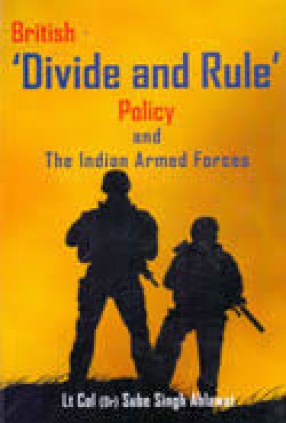
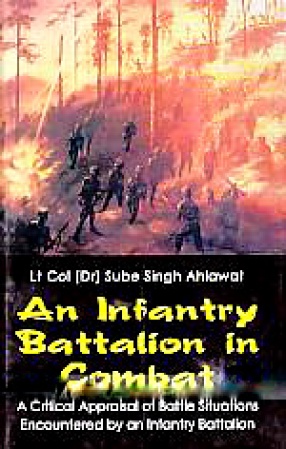
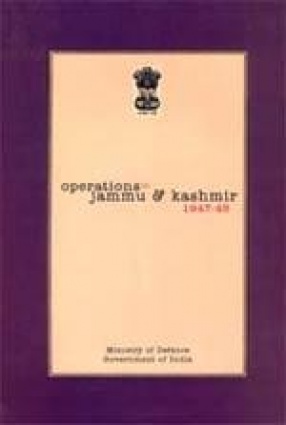
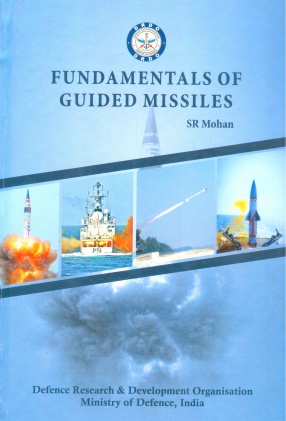
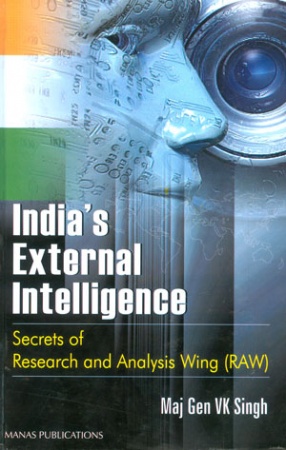
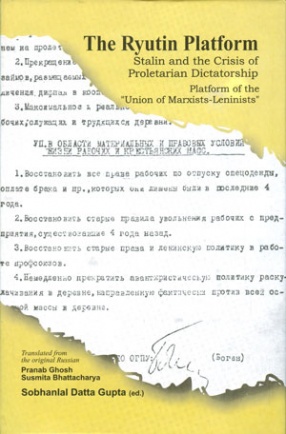

Bibliographic information